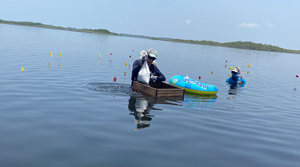

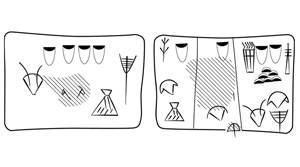
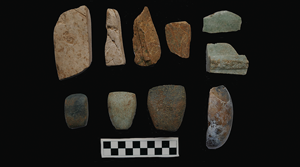
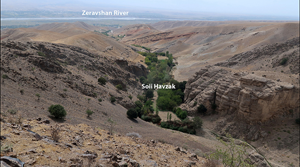
I want to preface this response by noting that, while I think Bentley, O'Brien and I fundamentally differ in how we approach the archaeological record (2024), I am also convinced that the more perspectives on the past we can cultivate, the richer our interpretative garden will be. Moreover, the more narratives of past worlds we develop, the more nuanced and complex our image of the past will become and, hence, the messier and more human (Frieman in press). I therefore write in the hopes that we can disagree with care, so that all of our scholarship is enriched.
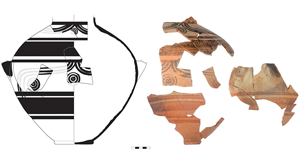
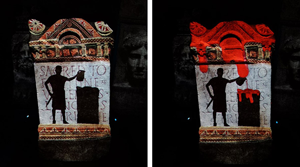
I thank Bentley and O'Brien (2024) for their cogent review of issues associated with inheritance and intention in cultural evolution. Intent is, of course, present in cultural process and that begs the question as to when and how we concern ourselves with it as a factor in cultural evolution (Rosenberg 2022). Intent underlies our understanding of both micro- and macro-scale processes of cultural evolution. Lamarckian microevolutionary process depends on decision-makers choosing whether or not to accept and sometimes alter cultural traits (Boyd & Richerson 1985). Zeder (2009, 2018) points out that even long-term change may be affected by conscious infrastructural investments that alter capacity for socioeconomic production and, subsequently, canalise later developments.
We appreciate the respondents’ comments on our debate article ‘Cultural evolution as inheritance, not intentions’ (Bentley & O'Brien 2024). We all agree that traditional cultural practices—such as manufacturing Acheulean handaxes—often take considerable amounts of time to learn; as Gladwell (2008) popularly proposed, it takes 10 000 hours of practice to make an expert. We also appear to agree that cultural practices are intergenerational. As Frieman (2024: 1421) notes, ideas and practices persist because they are “valued, recreated, manipulated, instrumentalised and enacted generation after generation”; and as Ingold (2024: 1417) puts it, traditional tasks “are not subject to the free will of the individual but fall upon practitioners as part of their responsibilities” to their communities. Drawing on the practice of Bronze Age metallurgy, Pollard (2024) asks the million-dollar questions: how does innovation occur, and what causes it? As both Prentiss (2024) and Pollard note, for example, the pace of technological change is often punctuated, an observation common across the natural and social sciences, but one that defies easy explanation (e.g. Duran-Nebreda et al. 2024; O'Brien et al. 2024).

